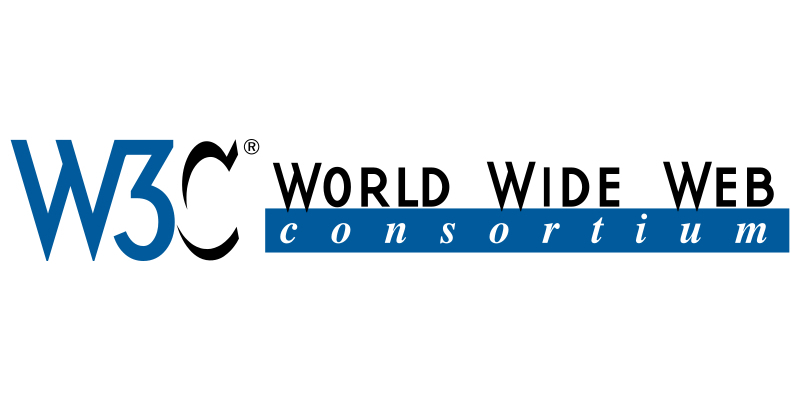| VIP SERVICES |
|---|
ALBANIA
AUSTRIA
BELGIUM
BULGARIA
CROATIA
CYPRUS
CZECH REPUBLIC
DENMARK
ENGLAND - UK
ESTONIA
FINLAND
FRANCE
GERMANY
GREECE
HUNGARY
ICELAND
IRELAND
ITALY
LATVIA
LITHUANIA
LUXEMBOURG
MACEDONIA
MALTA
MONTENEGRO
NETHERLANDS
NORWAY
POLAND
PORTUGAL
ROMANIA
RUSSIA
SCOTLAND
SERBIA
SLOVAKIA
SLOVENIA
SPAIN
SWEDEN
SWITZERLAND
TURKEY
UKRAINE

![]()
![]()
![]()
![]()
| Start Site | Jet Charters | Helicopter Services | Yacht Charter | Contact us |
|---|
W3C standards
W3C standards define an Open Web Platform for application development that has the unprecedented potential to enable developers to build rich interactive experiences, powered by vast data stores, that are available on any device. Although the boundaries of the platform continue to evolve, industry leaders speak nearly in unison about how HTML5 will be the cornerstone for this platform. But the full strength of the platform relies on many more technologies that W3C and its partners are creating, including CSS, SVG, WOFF, the Semantic Web stack, XML, and a variety of APIs.
W3C develops these technical specifications and guidelines through a process designed to maximize consensus about the content of a technical report, to ensure high technical and editorial quality, and to earn endorsement by W3C and the broader community.
If you are learning about Web technology, you may wish to start with the introduction below, and follow links for greater detail.

| Site Map | Terms & Conditions | Privacy | Partner Links | W3C | Contact us |
|---|

| VIP SERVICES |
|---|